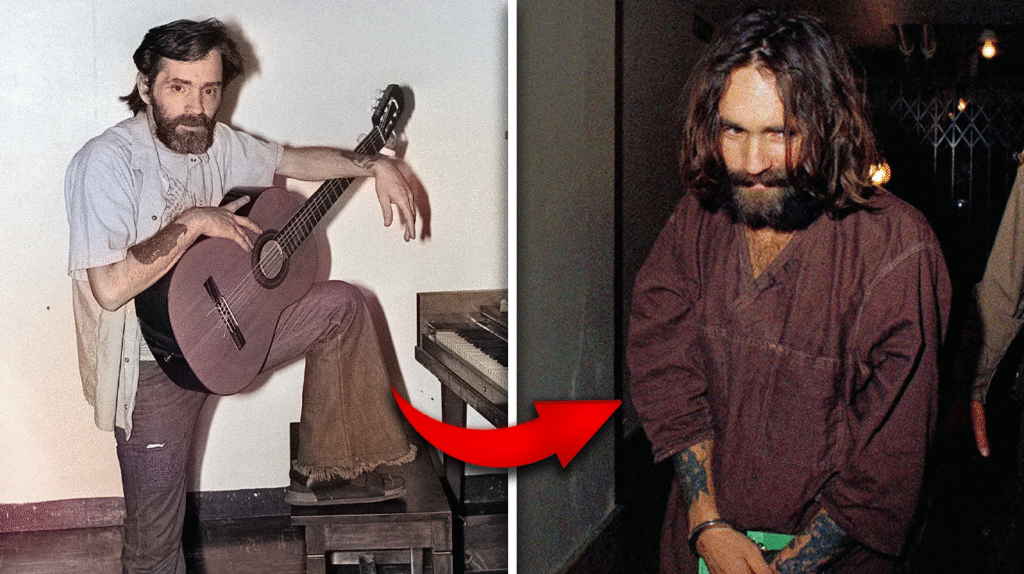
Music stirs emotions like nothing else. Can an artist’s true intent ever be fully grasped? Often not. A song’s reception frequently takes on a life of its own.
This happens especially in music. Metaphor, personal experience, and cultural context mix in unpredictable ways. Later events or artist revelations can flip the script on once-straightforward lyrics.
Figuring out an artist’s intent feels like separating eggs in a recipe – you must carefully divide the white from the yolk without losing the essence of either. The process demands patience.
Understanding this complexity reveals deeper meanings in your favorite songs. Ready to have your musical world turned upside down? These misunderstood songs spanning seven decades will make you question everything you thought you knew.
15. I Will Always Love You – Dolly Parton
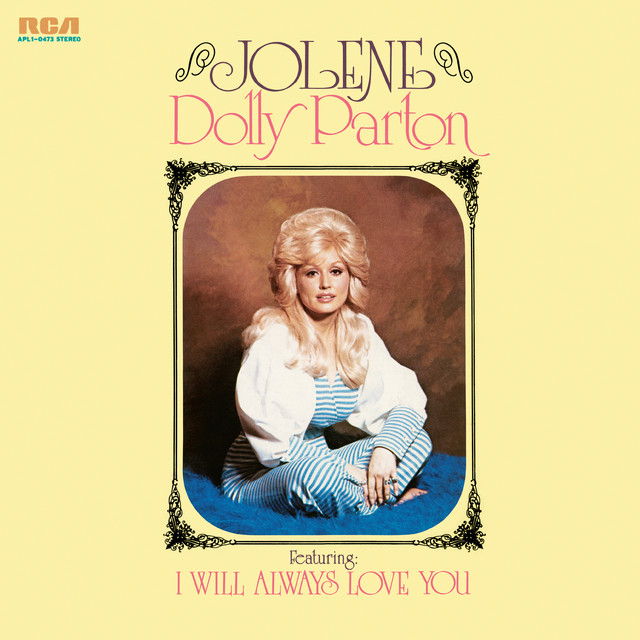
In a Nashville studio in 1973, Dolly Parton wrote what became the ultimate breakup song. Plot twist: it wasn’t about romance at all.
Parton penned it as a professional goodbye to Porter Wagoner. Their business relationship was ending. She needed to assert her independence. The melody sounds romantic, but the backstory reveals a professional parting.
Most listeners naturally apply it to romantic situations. That’s the genius of it. The song’s beauty masks its origin story. At its core, this track says “thanks for everything” during a major career transition.
Notice how Parton’s delivery emphasizes gratitude rather than passionate longing? That’s worlds apart from Whitney Houston’s more dramatic 1992 version which, let’s be honest, makes everyone cry at weddings.
14. Whip It – Devo
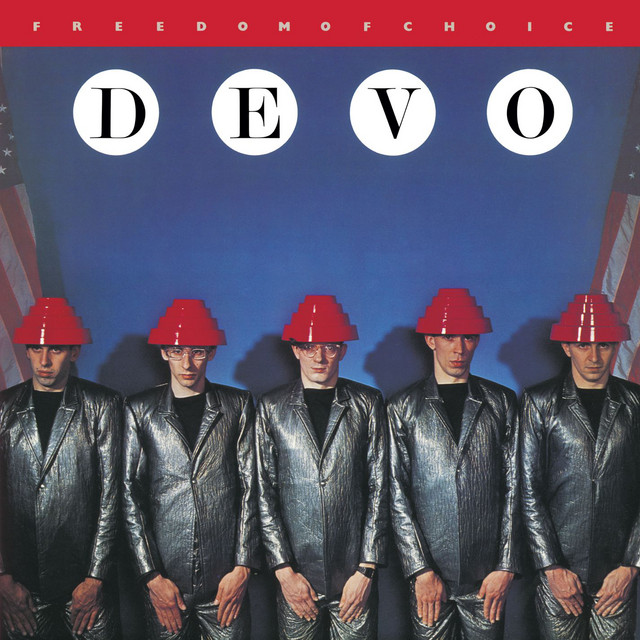
When “Whip It” hit #14 on Billboard in 1980, everyone thought they knew what it meant. They were hilariously wrong.
Devo co-founder Gerald Casale created it to mock “hollow American optimism.” The band wanted to skewer those cheesy motivational slogans that promise success through sheer willpower. It’s like they took the essence of every corporate team-building exercise and distilled it into three minutes of satire.
As sexual interpretations spread, the band couldn’t help but play along. Their video with cowboys whipping farm equipment only added fuel to the fire. The song became something much racier than intended.
The band occasionally claimed the song was inspired by Thomas Pynchon’s novel “Gravity’s Rainbow,” making its party anthem status even more deliciously ironic.
13. American Girl – Tom Petty and the Heartbreakers
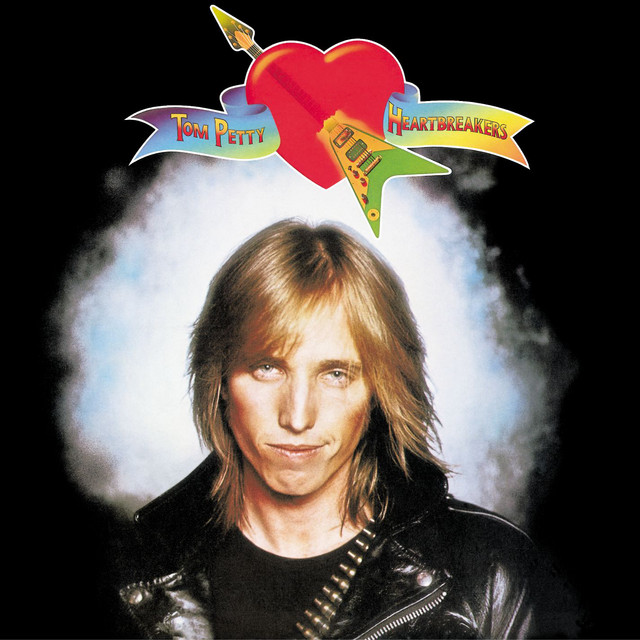
Music fans recognize “American Girl” instantly. Few know its actual story. Released in 1976, the song got tangled up in a dark urban legend.
People claimed it was about a University of Florida student who jumped to her death. Tom Petty called this complete nonsense. The real inspiration? California traffic sounds and West Coast vibes.
Among the many wild rumors about musicians, this one persisted despite Petty’s denials. “American Girl” celebrates dreams and possibility, not tragedy. Think Ferris Bueller energy in musical form – seizing the day, embracing life. The song bounces with the excitement of youth and opportunity.
For more classics that everyone gets wrong, check out Bruce Springsteen’s “Born in the USA.” That song sits in the Misinterpreted Hall of Fame right next to “American Girl.” Both sound patriotic until you actually listen to the words.
12. American Woman – The Guess Who
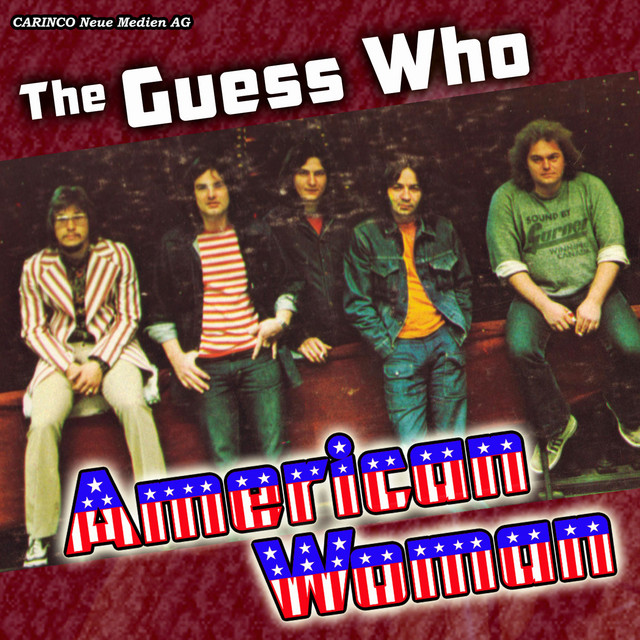
Why did “American Woman” spark so much debate? Released in 1970, many heard it as a protest against Vietnam and social upheaval. They weren’t entirely wrong.
The interpretation gained serious cred when Pat Nixon asked the band to skip it during their White House gig—one of the biggest music industry scandals of the era. Nothing says “you’ve hit a nerve” quite like a First Lady banning your song.
Contrary to popular belief, The Guess Who weren’t making a calculated political statement. The song came from concert improvisation. Sometimes a guitar riff just captures the mood of an era without trying.
A music historian once compared songs like this to mood rings. “They change color depending on what’s happening culturally when you listen to them.” Perfect explanation for how a simple rock song became an accidental protest anthem.
11. Perfect Day – Lou Reed
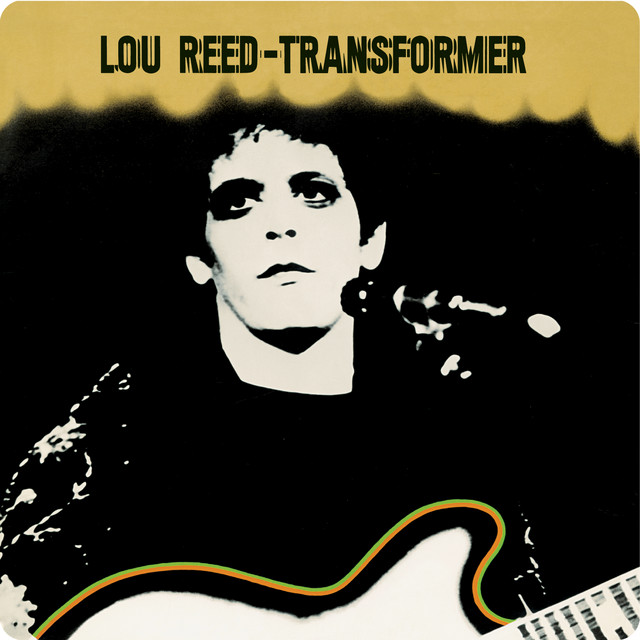
Have you noticed how “Perfect Day” elicits vastly different reactions? Released in 1972, the song’s serene melody and evocative lyrics prompted many to see it as an ode to drug use.
Its appearance in “Trainspotting” cemented this association for countless listeners. However, Reed consistently maintained the song described exactly what it seemed to: a joyful day in the park with his girlfriend.
The song works like a well-crafted soufflé – simple ingredients transformed into something unexpectedly complex. Reed’s deliberately flat vocal delivery creates emotional distance that contrasts with the lush orchestration.
Perhaps both interpretations contain truth. Isn’t a simple day of happiness its own kind of high?
Pay attention to how the sweetness of the melody creates tension with Reed’s emotionally detached delivery, fueling both the straightforward and drug-related interpretations.
10. Less Than Zero – Elvis Costello
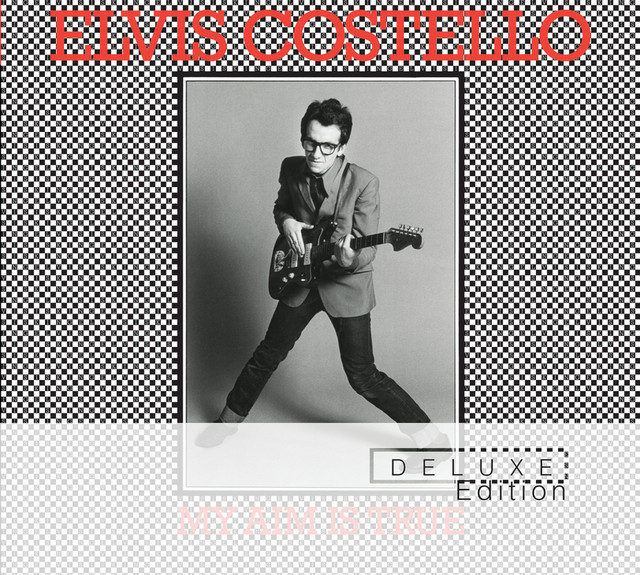
Many American listeners completely missed the boat on “Less Than Zero.” Released in 1977, some thought it referenced JFK’s assassination. Not even close.
Costello actually wrote it as a takedown of Oswald Mosley, leader of the British fascist party. He had watched Mosley on the BBC and felt disgusted by his lack of remorse. The song targeted British fascism, not American history.
This misunderstanding demonstrates how songs travel across borders like confused tourists without their translation books. Without context, listeners naturally interpreted the lyrics through their own cultural lens.
Costello’s anti-fascist message arrived during Britain’s turbulent late 1970s. The National Front was gaining momentum, sparking violent street confrontations. His anger wasn’t random – it responded to a genuine threat.
9. White Riot – The Clash

Some songs create confusion despite screaming their message. “White Riot” by The Clash landed like a lightning bolt in 1977.
Many listeners saw the provocative title and assumed racism. Plot twist: it was exactly the opposite. The song urged white working-class youth to follow Black protesters’ example at the 1976 Notting Hill Carnival. The Clash wanted cross-racial solidarity against systemic oppression.
The punk anthem used a simple, three-chord structure at breakneck speed – typical punk approach – to deliver its urgent message. Unfortunately, the title created a first impression that stuck like gum on a concert floor.
A veteran music critic explained this common problem perfectly. “The more direct a song title, the more likely people never hear the actual verses. It’s like judging a book by its cover, then never bothering to read page one.”
8. Bodhisattva – Steely Dan
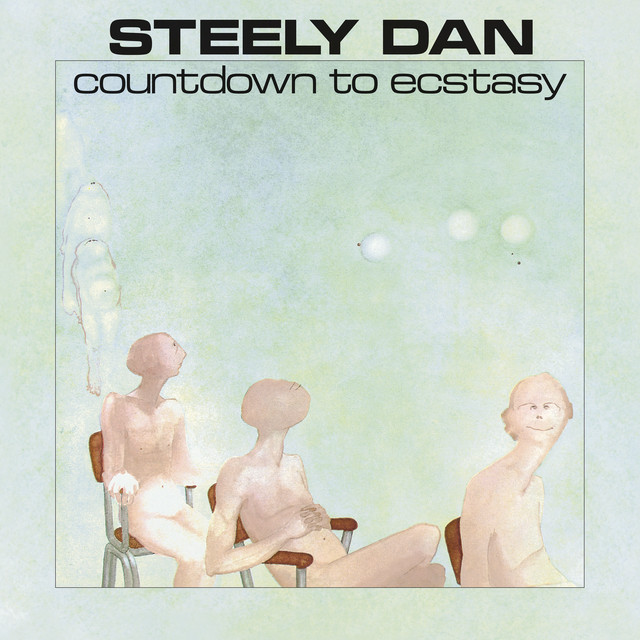
Walk into any jazz lounge playing Steely Dan and you’ll spot puzzled faces during “Bodhisattva.” Released in 1973, many thought the band had suddenly embraced Buddhism. They couldn’t be more wrong.
The song actually mocked Westerners’ shallow understanding of Eastern religions. Donald Fagen later admitted most people completely missed the joke. The track sits somewhere between brilliant satire and inside joke that went over everyone’s head.
The song features complex instrumentation that shows off Steely Dan’s jazz-rock fusion skills. Their musical sophistication sometimes overshadowed their lyrical cleverness. Their cynicism was too subtle, like a whispered punchline at a rock concert.
Steely Dan regularly buried literary references in their lyrics, turning their music into a treasure hunt for English majors. Half their audience came for the guitar solos; the other half for the obscure cultural references.
7. We Got to Get You a Woman – Todd Rundgren

Some lyrics from the past make modern listeners cringe harder than watching Scott’s Tots episode of “The Office.” “We Gotta Get You a Woman” by Todd Rundgren definitely raises eyebrows today.
Released in 1970, critics have called out its objectification of women. Rundgren defended himself, claiming the line about “stupid little characteristics” meant endearing quirks, not actual criticism. Sure, Todd.
Like an old family recipe that hasn’t aged well, the song represents changing cultural tastes. What seemed harmless fifty years ago can sound deeply problematic now. Amazing how quickly “getting someone a woman” went from acceptable pop song concept to HR violation.
This track perfectly demonstrates how cultural standards evolve. The melody remains catchy while the message makes modern listeners wince. Context matters, but some ideas simply expire.
6. Bump and Grind – R. Kelly

Sometimes songs become inseparable from their creators. “Bump n’ Grind” by R. Kelly once ruled dance floors with its seductive rhythm after its 1993 release.
The song’s legacy changed permanently following Kelly’s convictions for serious misconduct in 2021 and 2023, resulting in a 31-year prison sentence. Lyrics once considered merely suggestive now carry disturbing undertones.
What started as popular dance music now makes people uncomfortable. The transformation shows how an artist’s actions can permanently alter our perception of their work. The music itself didn’t change – our knowledge did.
At a recent wedding, the DJ accidentally played this track and quickly switched it after seeing guests’ reactions. The uncomfortable silence spoke volumes about how completely public opinion has shifted. Some songs can’t outlive their creators’ actions.
5. I Took a Pill in Ibiza – Mike Posner
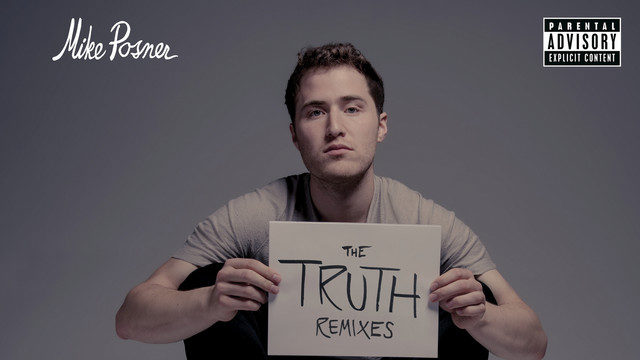
When Seeb remixed “I Took a Pill in Ibiza” in 2015, they pulled off the musical equivalent of turning a funeral into a beach party. Their danceable version of Posner’s sad acoustic track topped charts worldwide.
Posner’s original served as commentary on fame’s emptiness. His references to Avicii revealed celebrity culture’s dark side. The remixed version became a global hit while somehow maintaining its critical message.
Avicii’s tragic suicide in 2018 transformed the song yet again. Like watching “The Sixth Sense” a second time, previous lyrics suddenly appeared prophetic. What began as observation became unintentional warning.
Notice the strange contradiction in clubs? People enthusiastically dance to lyrics explicitly criticizing party culture. That irony wasn’t lost on Posner, who appreciated the remix’s success while standing by his original message.
4. 2009 – Mac Miller

Great music connects through shared struggles. “2009,” released on Miller’s 2018 album “Swimming,” lays bare his battles with addiction, depression, and fame’s pressures.
Miller’s death from overdose shortly after the album’s release hit like a punch to the gut. The song transformed from personal reflection to unintended farewell. What started as art became eulogy, autobiography became epitaph.
Its jazz-influenced production and vulnerable lyrics showcase Miller’s artistic growth. His honest portrayal of mental health struggles continues to resonate with anyone who’s faced similar demons. The song feels like eavesdropping on someone’s therapy session set to music.
For similar soul-baring hip-hop examining personal demons, try Kendrick Lamar’s “u” or Earl Sweatshirt’s “Grief.” Both create that same intimate window into artists’ inner struggles, though thankfully without the tragic ending.
3. Rehab – Amy Winehouse

Want to see perfect irony in musical form? “Rehab,” released in 2006 on Winehouse’s “Back to Black” album, delivers exactly that.
The song boldly detailed Winehouse’s refusal to seek addiction treatment. With its catchy retro soul sound and defiant lyrics, it won three Grammy Awards and showcased her unique talent. Music critics raved. Record executives celebrated.
Winehouse’s 2011 death from alcohol poisoning changed everything. The song became less anthem, more tragedy – like watching someone proudly announce they don’t need a parachute right before jumping.
A recovering addict once explained this song’s dual nature perfectly: “You hear her talent and her denial in the same breath. That’s addiction in a nutshell – brilliant self-destruction set to a beat you can’t help but tap your foot to.”
2. Come As You Are – Nirvana
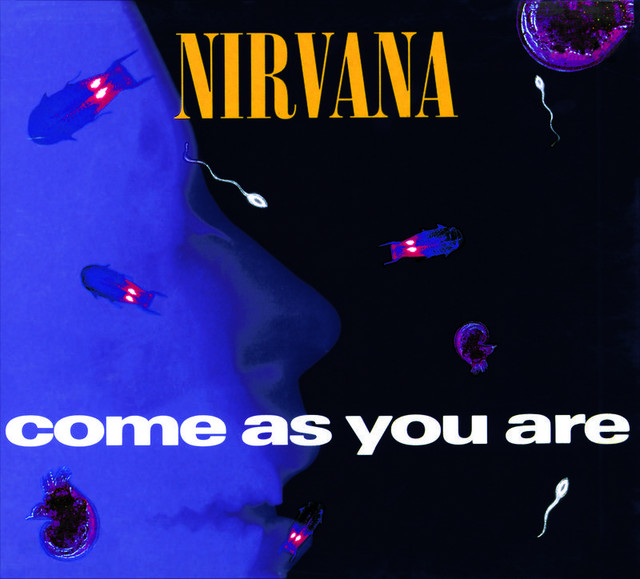
Many casual fans instantly recognize “Come As You Are.” But do they truly understand it? Released in 1992 on Nirvana’s “Nevermind,” the song deliberately keeps you guessing.
Kurt Cobain packed the verses with contradictory commands. “Take your time, hurry up.” The hypnotic guitar riff and conflicting lyrics create deliberate confusion. Most haunting is Cobain’s line “And I swear that I don’t have a gun,” which became impossible to hear the same way after his 1994 suicide.
The track shows how events can completely transform art. What started as intriguing wordplay became something much darker. The song plays like a puzzle where the solution changes depending on when you solve it.
“Come As You Are” perfectly exemplifies how grunge expressed Gen X’s disillusionment through deliberate contradiction. The message wasn’t clear because clarity itself was suspect. How very 90s.
1. Look at Your Game, Girl – Charles Manson

Some songs can’t escape their creators’ shadow. “Look at Your Game, Girl,” recorded in the 1960s, sounds innocent enough on first listen.
Charles Manson wrote and performed this folk tune before orchestrating horrific murders in 1969. The seemingly simple lyrics take on a sinister quality when viewed through the lens of his manipulation tactics and violence.
Music sometimes raises uncomfortable questions about separating art from artists. Can a song stand apart from its creator’s crimes? In extreme cases like this, the answer seems clear. Some stains don’t wash out.
Like finding a worm in your apple, some associations permanently spoil the experience. This song gained additional notoriety when Guns N’ Roses recorded a cover version in 1993. The public outrage that followed showed some ethical lines shouldn’t be crossed, even for rock stars.





















